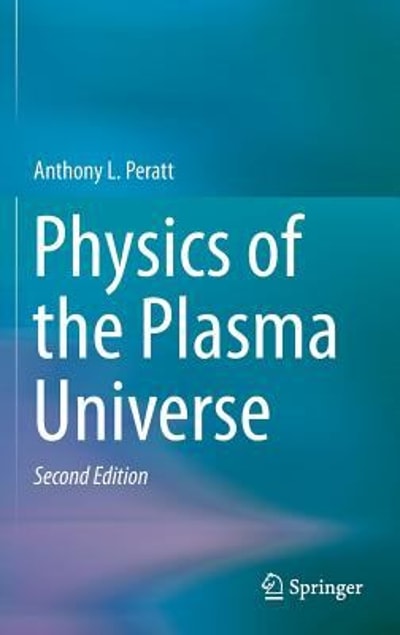Question
Determining the coefficient of friction: A plastic pallet has a mass of 2.96kg. a) Find the amount of gravity on the pallet. The pallet is
Determining the coefficient of friction: A plastic pallet has a mass of 2.96kg. a) Find the amount of gravity on the pallet. The pallet is pulled by a horizontal string over a horizontal steel plate. The string force has a magnitude of 4.39N. The pallet moves at a constant speed across the steel plate. b) Show by calculation that the coefficient of friction between the pallet and steel is 0.151. c) Calculate the magnitude of the acceleration of the pallet, increasing the magnitude of the string force to 20.0 N. The pallet is placed on the bed of a lorry. The bed is horizontal and made of steel. It can be assumed that the dynamic and static coefficient of friction between the pallet and steel are equal. d) Calculate the maximum acceleration the lorry can make on a horizontal road without the plastic pallet starting to slide across the body. Halogen bulb: Three halogen bulbs are connected in parallel and connected to a 230 V voltage source. A current of 0.80 A flows through each bulb. a) Calculate the power at which each of the three bulbs converts energy. b) Calculate the replacement resistance of the three bulbs. In each halogen bulb, the filament has a length of 1.2 m and a diameter of 0.15 mm. c) Calculate the resistivity of the material the filament is made of. Each halogen bulb contains xenon gas with a pressure of 7.5 bar at a temperature of 450 degrees centigrade. The volume of the gas is 1.8 cm^3. d) Calculate the mass of xenon in each halogen bulb.
The decay of I-131: a) Write down the decay scheme for the decay of I-131. An experiment is started with I-131 where the activity of a sample is measured every 4.00 days. The graph shows the activity of I-131 as a function of time. b) Enter the activity in becquerels at the start of the experiment. c) Determine the decay constant of I-131 from the graph. Optical lattice An optical grating is bounded by a white frame. The grid itself has a width of 2.10cm. Light is directed perpendicular to the grating, which has a grating constant of 1.50*10^-6m. The 2nd order deflection angle is measured to be 39.2 degrees. a) Determine the wavelength and colour of the light. b) Find the total number of slits in the grating.
Balloon and globe: A balloon containing helium has a volume of 7.35L. The balloon is attached to a block with a wire via a pulley, as shown in the figure. The block is attached to a wall with another wire. The balloon is in a room where the air density is 1.205kg/m^3. a) Determine the buoyancy of the balloon. The wire between the block and the wall is cut and the block moves to the right and the balloon rises upwards with constant acceleration. After 4.15 s, the balloon has travelled 1.00 m. b) Determine the magnitude of the acceleration of the balloon. The mass of the ball is 230g and it is on a horizontal smooth surface. c) Draw a free-body diagram for the balloon. Estimate the total mass of the helium balloon (balloon material and helium).
Step by Step Solution
There are 3 Steps involved in it
Step: 1

Get Instant Access to Expert-Tailored Solutions
See step-by-step solutions with expert insights and AI powered tools for academic success
Step: 2

Step: 3

Ace Your Homework with AI
Get the answers you need in no time with our AI-driven, step-by-step assistance
Get Started


